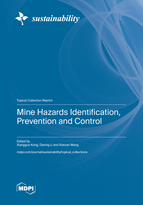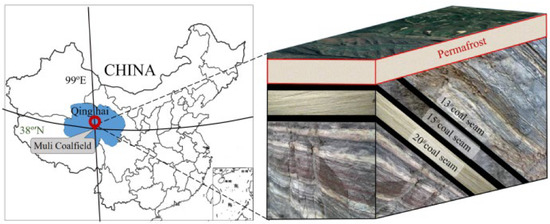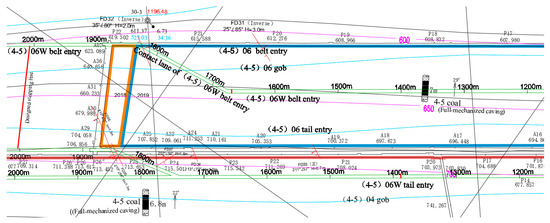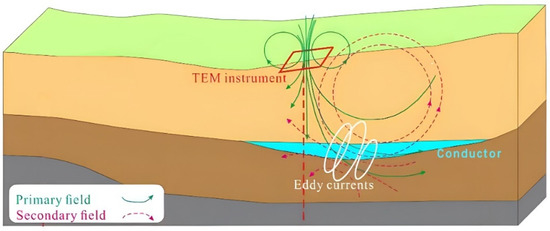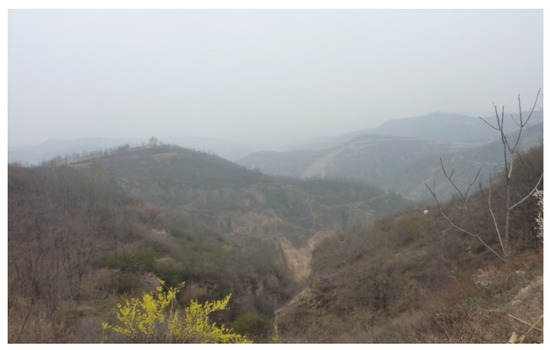Mine Hazards Identification, Prevention and Control
A topical collection in Sustainability (ISSN 2071-1050). This collection belongs to the section "Hazards and Sustainability".
Viewed by 30716Editors
Interests: mine hazards prevention and control; rock mechanics; applied geophysics
Interests: mining safety; tunnels and underground engineering; rock mechanics; rock burst; applied geophysics
Interests: rock fracture mechanics; AE/MS location and source inversion; discrete element simulation for moment tensor; rockburst disaster monitoring and early-warning
Topical Collection Information
Dear Colleagues,
In the process of human social development, the consumption of fossil energy, especially coal, has promoted economic prosperity, cultural exchanges and social progress. With shallow coal resources exhausted, the coal mining engineering has entered into deep area. Coal geology environment of deep area is obviously different from that of shallow. With mining depth increasing, all the stress of buried rock stratum and surrounding rock, and gas pressure of coal seam increase gradually. In addition, the geological structures such as complex fault, big fold and thick-hard roof will increase risk of coal mining. Once the dynamic disaster occurs, it will induce miner casualties and property losses. So It is urgent to identify mine hazards such as coal and gas outbursts, rock bursts, gas explosions and coal fires, and research the formation mechanism, occurrence and development process of them. What’s more important, the prevention and control methods should be proposed to reduce mine disasters. Only in this way can we promote the safe, green and efficient development of coal mining. This Topical Collection, titled “Mine Hazards Identification, Prevention and Control”, aims to provide an opportunity to researchers around the globe to conduct a broader scientific and technological discussion on such advances to improve the prevention and control level of the disasters encountered during underground coal mining. The discussion topics include, but are not limited to, the basic experiments, modeling, numerical simulation, and field tests of aforementioned disasters. Original research and review articles are welcome.
Dr. Xiangguo Kong
Dr. Dexing Li
Dr. Xiaoran Wang
Collection Editors
Manuscript Submission Information
Manuscripts should be submitted online at www.mdpi.com by registering and logging in to this website. Once you are registered, click here to go to the submission form. Manuscripts can be submitted until the deadline. All submissions that pass pre-check are peer-reviewed. Accepted papers will be published continuously in the journal (as soon as accepted) and will be listed together on the collection website. Research articles, review articles as well as short communications are invited. For planned papers, a title and short abstract (about 100 words) can be sent to the Editorial Office for announcement on this website.
Submitted manuscripts should not have been published previously, nor be under consideration for publication elsewhere (except conference proceedings papers). All manuscripts are thoroughly refereed through a single-blind peer-review process. A guide for authors and other relevant information for submission of manuscripts is available on the Instructions for Authors page. Sustainability is an international peer-reviewed open access semimonthly journal published by MDPI.
Please visit the Instructions for Authors page before submitting a manuscript. The Article Processing Charge (APC) for publication in this open access journal is 2400 CHF (Swiss Francs). Submitted papers should be well formatted and use good English. Authors may use MDPI's English editing service prior to publication or during author revisions.
Keywords
- mine hazards
- coal/rock disasters
- coal and gas outburst
- monitoring and early warning
- prevention and control
- identification method
- gas explosions, coal fires, composite dynamic disasters




